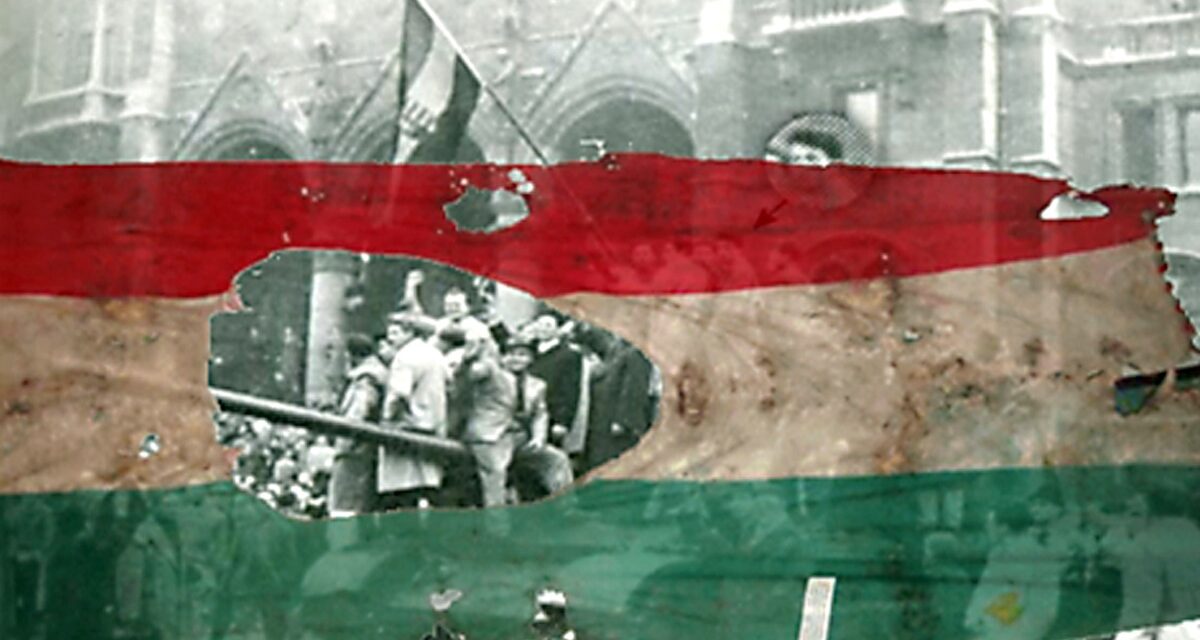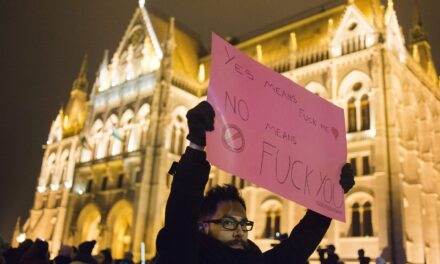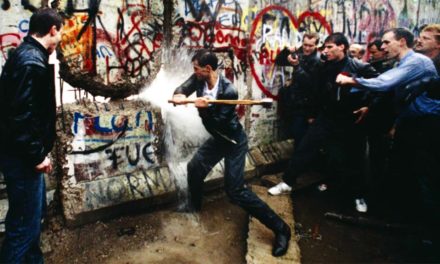No one can appropriate the national symbol for selfish, petty, party political interests.
Pofosz is right to be concerned about the appropriation of the 1956 hole-punched flag for party politics, as attempts to do so have been seen in recent decades, and these must be prevented, said Zoltán Kovács, State Secretary responsible for international communication and relations. As he emphasized, the hole-punched flag of 1956 is a historical memory of all Hungarian people and the entire Hungarian nation, not a symbol of party politics.
- The hole-punched flag of 1956 is a historical memory of all Hungarian people and the entire Hungarian nation, not a symbol of party politics - stated Zoltán Kovács, the State Secretary responsible for international communication and relations at the Prime Minister's Cabinet Office, at the periodical 1956 - Past, not past - Lenticular photo exhibition on the freedom struggle at the opening of the exhibition in the House of Terror Museum.
The Secretary of State was asked what his opinion was about Pofosz's proposal that the 1956 flag with holes should be protected by law, which would give the national symbol proper protection and prevent it from becoming a tool for political games. According to Zoltán Kovács
Pofosz's concern is justified, as attempts to appropriate our national symbols have been seen in recent decades, and these must be prevented.
Hungary's new Basic Law provides the framework and possibilities - including the definition of our national flag and its color code - for similar decisions to be made regarding historical monuments. The State Secretary emphasized that law-making is the right of the Parliament, so he is waiting with great interest to see how Pofosz will present the bill.
Historical flags, including the 1956 flag, deserve the same protection that our other national monuments also enjoy, said the state secretary.
In his speech on the occasion of the photo exhibition, Zoltán Kovács opined: the comprehensibility of history will always remain problematic, which the woke culture systematically tries to eliminate along the lines of a strained logic.
He recalled: when he was elected in Debrecen in 2006, he was tasked with collecting written and pictorial memories of the events of the 1956 revolution there, but only 12 photos were found. It is not possible that only so few visual memories have survived, so future generations of historians will have to find more memories, he stated.
According to him, historical interpretations move on quagmire ground, he believes that the occurrence of events can only be processed in their own context. - We should not judge from the perspective of sixty, seventy, eighty years, because we do not have the knowledge to fully imagine ourselves in the place of the participants. Written documents must therefore always be viewed with sufficient criticism, the only exception being photos, because they certainly depict what happened. You have to look for the graves where they were then, not where we imagine today, he pointed out.













